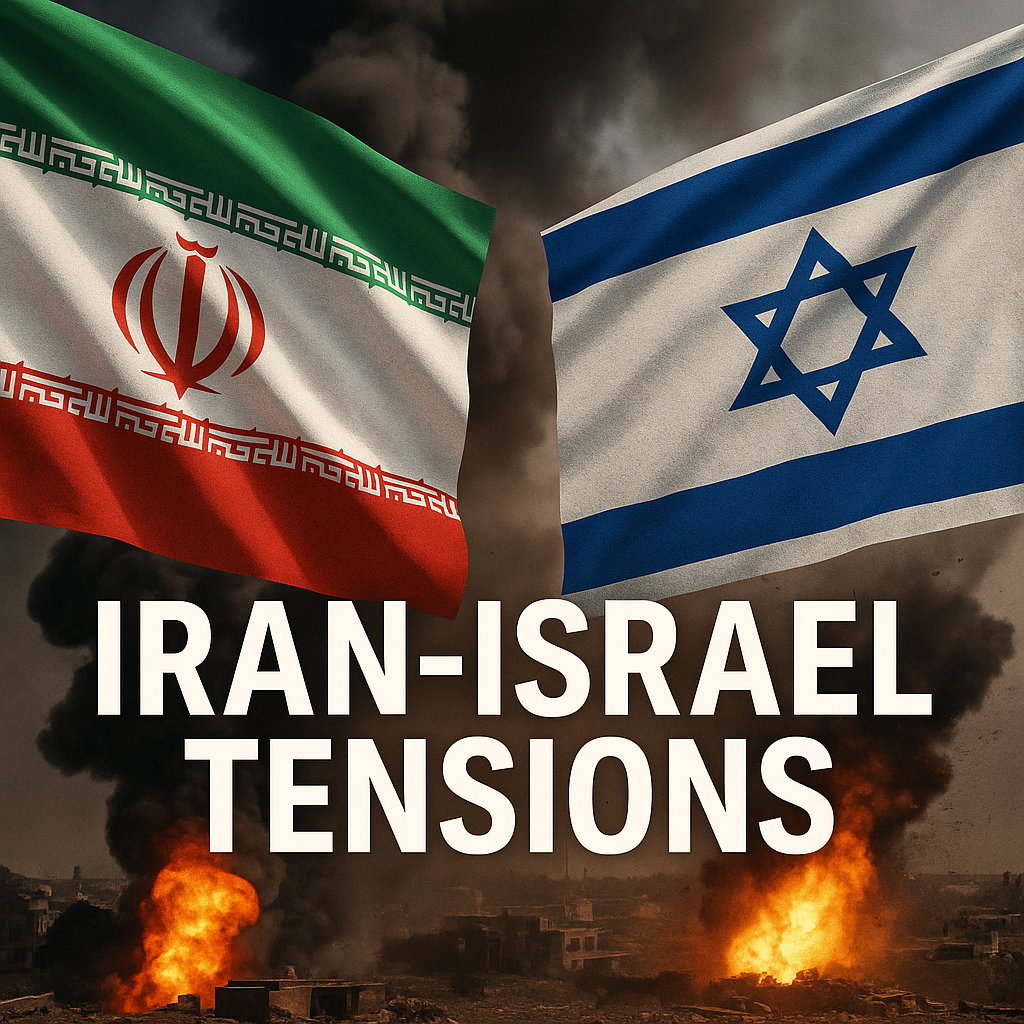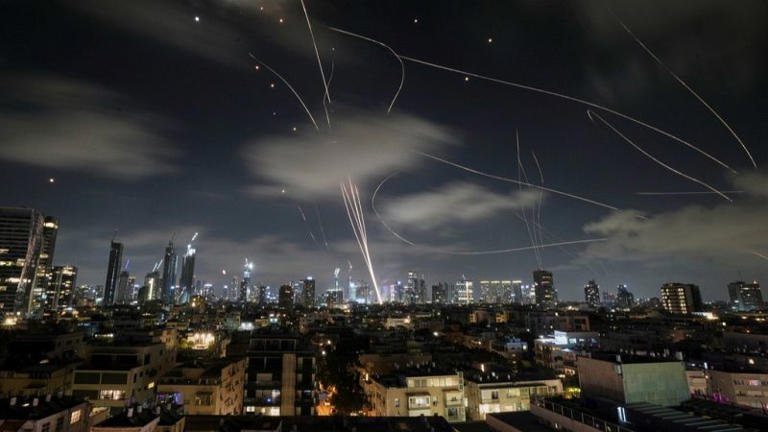
1. Overview
Tensions in the Middle East are escalating as Israel readies for a potential airstrike on Iran’s nuclear sites, and Iran threatens retaliatory strikes. This article outlines the latest developments, diplomatic efforts, military preparations, and possible outcomes.
2. Key Developments
- Israel on alert: U.S. intelligence confirms Israel is “fully ready” to attack Iran’s nuclear facilities
- U.S. mitigation steps: The U.S. has begun evacuating non-critical embassy staff and military families from Iraq, Bahrain, and Kuwait
- Iran’s warnings: Tehran vows to retaliate against any U.S. or Israeli aggression targeting Iranian assets understandingwar.org.
3. Diplomatic Talks
- Successful diplomacy could defuse tensions; failure may trigger military confrontation.
4. Military Preparations & Strategic Balance
- Israeli drills simulate strikes on nuclear sites apnews.com+2time.com+2reuters.com+2ft.com+9marketwatch.com+9en.wikipedia.org+9.
- Iran’s missile arsenal, featuring the newly unveiled “Qassem Bassir” MRBM, strengthens deterrence en.wikipedia.org.
- Regional actors: The Houthis warn any attack on Iran would engulf the entire region Iran Israel conflict newsweek.com+1en.wikipedia.org+1.
- Maritime alerts issued in the Strait of Hormuz . Iran Israel conflict
5. Potential Scenarios
- Diplomatic breakthrough: Sanctions eased, Iran limits nuclear activities, tension subsides.
- Escalation path: Israel strikes first; Iran retaliates; U.S. bases targeted; global oil markets shocked.
- Broader conflict: Spillover across Lebanon, Syria, Yemen; region-wide instability.
6. What to Watch
- Outcome of the June 15 nuclear talks.
- Level of strategic coordination between the U.S. and Israel.
- Iran’s political and military posture amid domestic eyes.
Conclusion
The Middle East stands at a critical juncture. Diplomacy may still avert disaster, but failure could trigger military conflict with regional and global repercussions.





